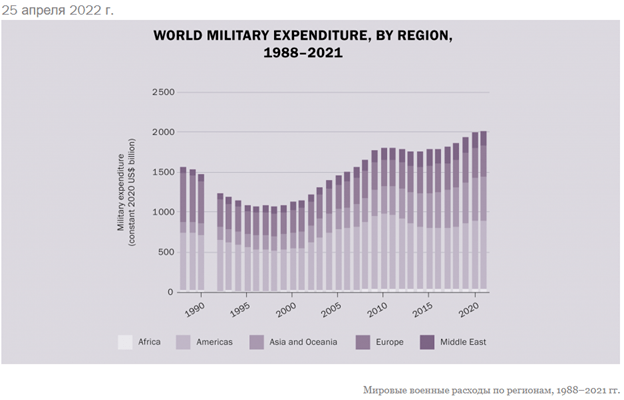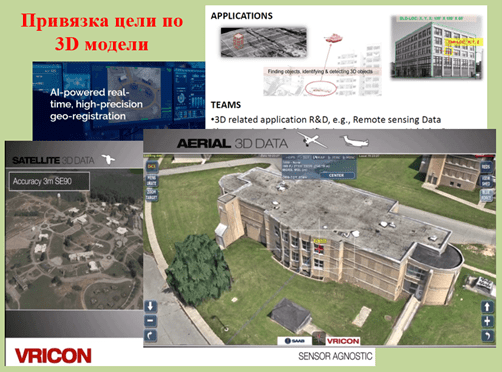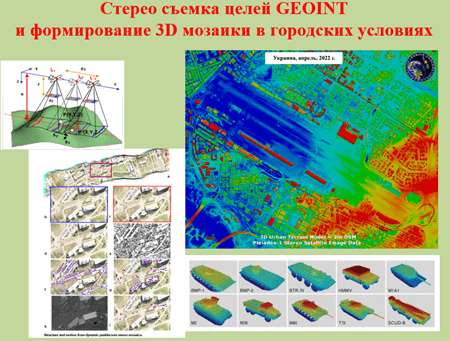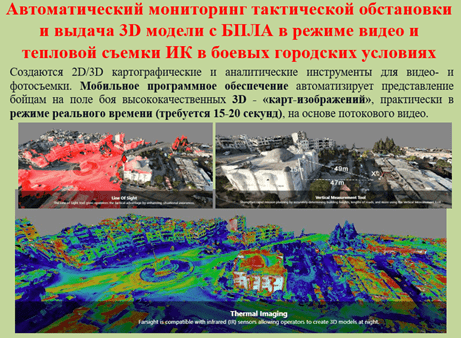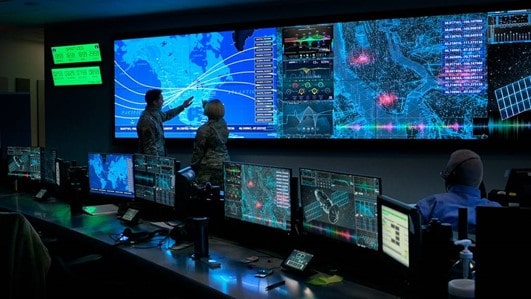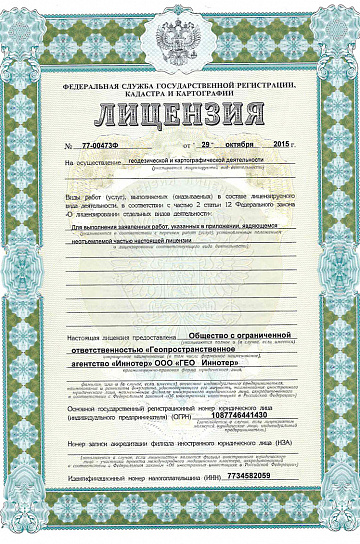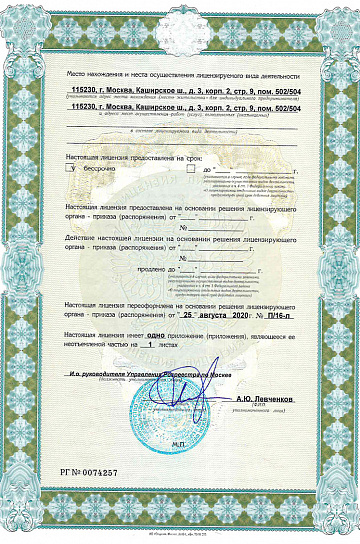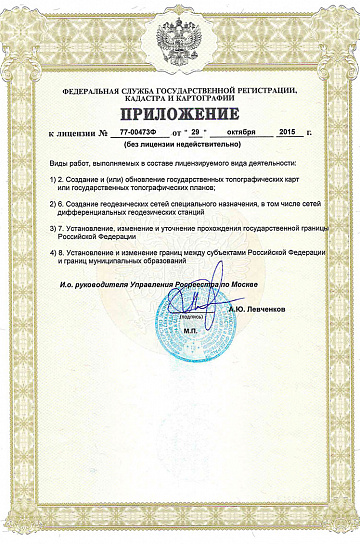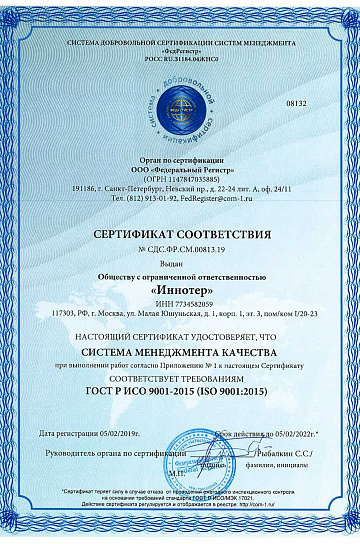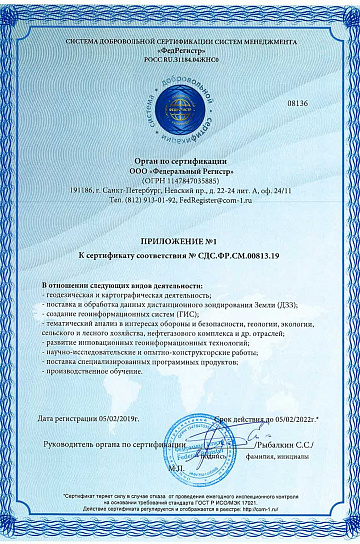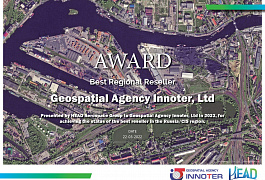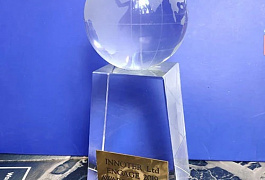You can order from us
Need for consultation?
Fill the form and we will contact you
Customers
FAQ
Geospatial intelligence is the process of collecting and analyzing geographic data to obtain information about specific locations and areas on the Earth's surface. It involves the use of various technologies and methods, such as remote sensing, global positioning systems (GPS), geographic information systems (GIS), and aerial photography.
The main objective is to obtain detailed information about geographic objects and their characteristics. This may include measuring elevations, shapes, and sizes of the Earth's surface, analyzing terrain and landscapes, determining coordinates and georeferencing objects, as well as creating digital models and maps.
-
Military Intelligence: Geospatial intelligence plays a crucial role in military operations, providing information on enemy force locations, terrain topography, infrastructure objects, and other important data for strategic planning and tactical actions.
-
Civil Protection: Used for monitoring and analyzing natural disasters (floods, earthquakes, etc.), allowing assessment of the scale and consequences of disasters and coordinating rescue and relief operations.
-
Scientific Research: Geospatial data helps scientists study climate change, ecosystems, landscapes, and other aspects of the Earth's surface.
-
Geology and Mining: Geospatial data is applied in the search and evaluation of mineral deposits, as well as for planning mining operations and assessing the stability of geological formations.
-
Agriculture: Geospatial data is used to monitor soil conditions, determine optimal locations for agricultural activities, control crop growth, and combat plant diseases.
-
Transportation and Infrastructure Management: Geospatial data is used for planning road and transportation systems, traffic management, and detecting infrastructure issues (e.g., cracks in dams or bridges).

